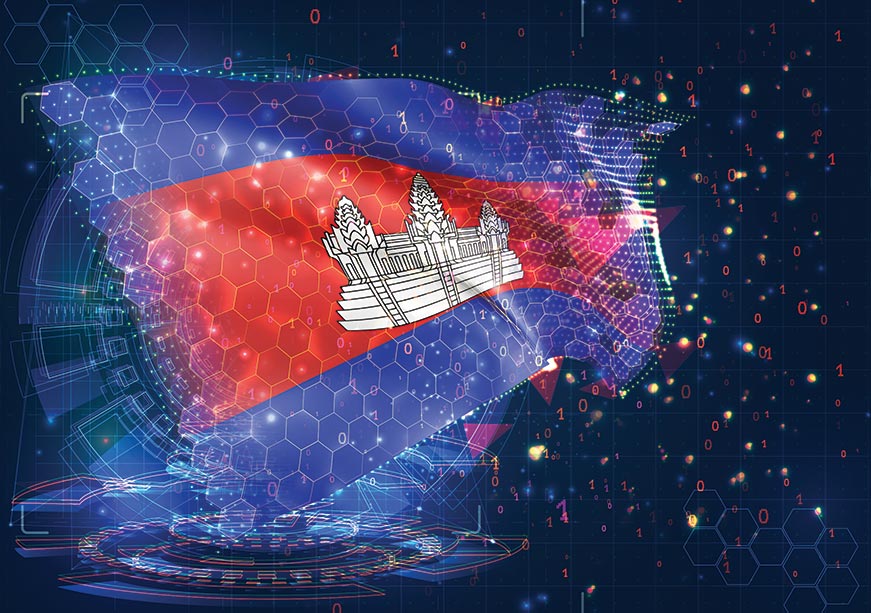
Image Source: Getty
When Bangladesh’s Prime Minister Sheikh Hasina resigned in August 2024, India’s neighbourhood policy was again subject to immense scrutiny, with analysts and commentators criticising the country for being too invested in one party or leader. There is some credibility in this argument. It is no secret that India has preferred working with friendly leaders and parties—however, it has also slowly but cautiously embraced pragmatism. Recent episodes of President Muizzu’s state visit to India and Indian EAM S. Jaishnkar’s visit to Sri Lanka to congratulate newly elected President Anura Dissanayake demonstrate this trend. Under its Neighbourhood First policy, India has begun to engage with less friendly regimes, parties, and leaders and has also pushed for connectivity to create leverage and further its interests. As the nature of politics, geopolitics, history, and nationalism continue to fuel rhetoric and policies that are detrimental to India, its best bet is to mitigate their implications through its leverage and outreach.
Permanent friends and perennial interests
It is frequently argued that interests and not friendships determine a country’s foreign policy. Such rhetoric is used to criticise India for investing too much in one political party/ leader in its neighbourhood. However, it is often forgotten that India’s keenness to work with certain parties and leaders is determined by the region's politics, history, and nationalism. In a subcontinent divided into multiple independent states, the weakened security architecture has compelled Delhi to work closely with the entities that possess the capacities and willingness to further bilateral cooperation without much politicisation and anti-India sentiment. While India did engage with different factions in the past—it substantially bet on its friends to further its interests. This also enforced the narrative of India acting as a big brother and micro-managing its neighbours.
India cancelled a state visit to the Maldives in 2015 when former president Mohamed Nasheed was sentenced to 13 years in prison.
These factors and baggage have remained intact even when India instituted its Neighbourhood First policy in 2014. Even today, India continues to work closely with the parties that have confidence in India to enhance bilateral cooperation. In a region that continues to see waves of anti-Indian sentiments and campaigns and flirting with China and its investments, these entities have continued to offer stability to India. As a result, India has doubled down on its cooperation with friendly parties. It has also stood by its friends despite obvious domestic political costs. For instance, India cancelled a state visit to the Maldives in 2015 when former president Mohamed Nasheed was sentenced to 13 years in prison. Recently, India was also quick to permit PM Sheikh Hasina to stay in the country after she resigned. While this support has been criticised by some parties in the neighbourhood, it has helped Delhi send a message to India-friendly entities that it stands by them. This, in turn, has created more opportunities to further its interests.
Injecting pragmatism in Neighbourhood First
That said, over the last decade, India has also engaged with parties and leaders who are nationalistic, anti-Indian, pro-Chinese, or detrimental to India’s interests. This is for the following reasons: One, India realises that the use of sticks, entanglement in domestic politics, and public criticism against a non-friendly government would push them away from India and further closer to China. Second, it understands that China is now an inevitable part of South Asia, and over the last two decades, Beijing has continued to portray itself as an alternative to Delhi, especially in economic and development partnerships. Third, it realises that a change in the government or an India-friendly administration does not always further its interests. Neighbours have their politics, development aspirations, and interests, that will continue to shape their foreign policy.
India did not want to upset PM Hasina—a leader who had championed strong relations with India by respecting its redlines.
The pragmatic engagement is, however, compliant to multiple factors: the government/ party/leaders' ability to respect Indian redlines and interests; to mitigate anti-Indian sentiments when in power; and most importantly, the agency of friendly leaders and domestic politics. India’s interaction with the Bangladesh National Party (BNP) is a classic example of the limitations of such engagements. For instance, in 2015, PM Narendra Modi met Khaleda Zia of BNP, despite India-Bangladesh bilateral relations hitting rock bottom under her leadership. In 2017, a BNP delegation also visited India, and in 2023, BNP leaders met the Indian High Commissioner in Bangladesh. Despite these interactions, India could not find evidence of the party being sensitive to India’s concerns. Most importantly, India did not want to upset PM Hasina—a leader who had championed strong relations with India by respecting its redlines. It was only after Hasina’s resignation that India and the BNP began to “break the ice”.
The economic leverage:
Furthermore, India has prioritised connectivity and geo-economics to enhance its leverages. Such long-term investments and economic linkages will continue to compel governments (including non-friendly ones) to further cooperation. As a result, India is currently working on over 100 projects in Nepal, Bangladesh, Sri Lanka, and Myanmar on road, air, port, rail connectivity, and telecommunications. In some of these cases, India is also offering grants, financial assistance, and credit lines with an interest rate of 1.5 percent to 1.75 percent to help these countries with their projects and development aspirations. Table 1 demonstrates an increase in India’s credit line over the last decade. Besides development aspirations, India has also shown interest in its neighbours’ concerns and sensitives. Recently, India has withdrawn its troops and replaced them with technical personnel in the Maldives. It has even agreed to technically assist the country with its hydrography ambitions, noting the incumbent government’s reservations about deploying Indian troops and hydrographic vessels.
Table 1. India’s credit lines
| Country |
2015 (In US Dollars) |
2023 (In US Dollars) |
| Bangladesh |
2.8 billion |
7.9 billion |
| Nepal |
1.3 billion |
1.6 billion |
| Sri Lanka |
1.7 billion |
2.7 billion |
| Maldives |
80 million |
1.4 billion |
Source: ORF
On the other hand, India’s economic growth has created optimism of potential spillover for the region. Bhutan’s Gelephu Special Administrative Region, Sri Lanka’s push for land bridge and investment in the port sector, Nepal’s hydropower exports, and Bangladesh’s push for rail connectivity are all examples of this increasing optimism. There is also a realisation that geography is unavoidable, and India’s presence is too big in the region for any major power to replace it. Muizzu’s visit to India after substantial talks about diversifying relations is a case in point for this realisation. This optimism and push for connectivity have convinced India and its neighbours to continue cooperation.
China’s geopolitical interests, consistent wooing of these governments, and increasing influence, that are often detrimental to India.
An ideal, non-partisan South Asia?
In return for this pragmatic engagement, connectivity, and economic linkages, India has asked neighbouring governments to respect its redlines and concerns. Some redlines include cooperation with China that has security repercussions for India, and others include domestic developments with transnational implications. However, given the nature of history, politics, geopolitics, and nationalism, assuring India is a tough ask for South Asian governments that are often embroiled in their own politics and interests. Add to the fact, China’s geopolitical interests, consistent wooing of these governments, and increasing influence, that are often detrimental to India.
Being a major power, India will thus always prefer to work with like-minded and friendly governments which are less invested in politicising the relations. While it has been keen on avoiding micro-managing these countries, its future relations will depend on these non-friendly entities’ ability to walk the talk and India’s reading of their capacity and willingness to respect its redlines. Thus, given the regional landscape, partisanship will continue to be in place in one form or the other. The best India could do is continue with the pragmatic engagements and leverage its connectivity efforts to mitigate the implications.
Aditya Gowdara Shivamurthy is an Associate Fellow at the Observer Research Foundation
The views expressed above belong to the author(s). ORF research and analyses now available on Telegram! Click here to access our curated content — blogs, longforms and interviews.




 PREV
PREV


